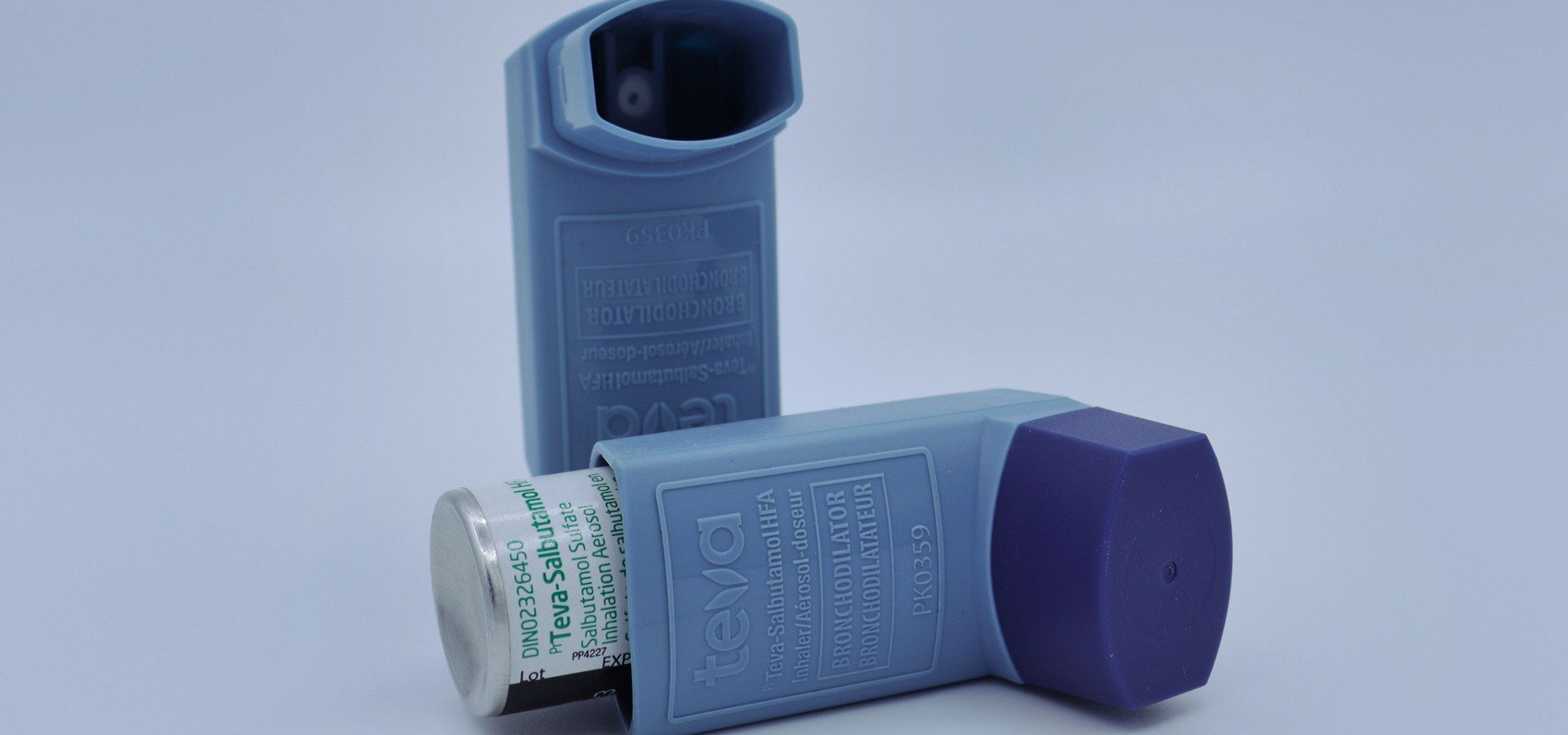The October 2017 fires, which occurred in the North and Center of Portugal, increased the concentration of particulate matter (PM10) – one of the most serious air pollutants in terms of public health – in the national territory. A study by the Instituto de Saúde Pública da Universidade do Porto (ISPUP) concluded that the particles emanating from the Portuguese fires traveled long distances, reaching the United Kingdom, and that exposure to PM10 had a significant effect on mortality in Portugal during the month of October.
October 2017 was a month marked by the occurrence of hundreds of fires in the forests of Northern and Central Portugal. The fires were fueled by the strong winds of the Ophelia storm, which passed through the Iberian Peninsula and carried dust from North Africa.
Due to these events, a large amount of pollutants from the fires was emitted into the atmosphere, causing citizens to be exposed to high levels of particulate matter, with possible damage to their health.
Considering this context, “we decided, first of all, to study the trajectory of particulate matter, resulting from the fires, in order to find out if more distant countries were reached”, explains Sofia Augusto, first author of the study.
Second, “we tried to understand whether the mortality of the Portuguese population had changed in October, due to the pollutants that resulted from forest fires and dust from the Sahara desert”, she adds.
The trajectory of particulate matter resulting from fires
The study, published in the journal Environment International, found that PM10 concentrations increased during the forest fires of October 2017, across the country, reaching extremely high levels in the districts most affected by the fires. The largest increase in particles was registered in the district of Leiria, followed by Lisbon and Santarém.
But the impact of the fires was not only felt in Portugal. The researchers found that the plume of smoke originating from Portuguese fires reached countries in Northern Europe, such as the United Kingdom. “We realized that national fires affected other countries, putting the health of those populations at risk, due to exposure to a greater amount of particles”, she says.
The impact on mortality
The particles were also found to have a significant effect on mortality from natural causes and from causes related to cardiorespiratory diseases.
For each additional 10 µg/m3 of PM10 emitted to the atmosphere, there was a 0.89% increase in the number of deaths from natural causes and a 2.34% increase in the number of deaths related to cardiorespiratory diseases.
During the month of October, due to the population’s exposure to particulate matter, resulting from the fires, 100 deaths from natural causes and 38 deaths related to cardiorespiratory problems occurred in Portugal.At the district level, Lisbon was the area with the greatest number of deaths (probably because it is the most populous in the country), followed by Leiria (where exposure to particles was highest). The highest mortality due to cardiorespiratory diseases was also registered in these two districts.
Recommendations
With climate change, the number of months with record high temperatures will tend to increase, which should translate into an increase in the number of uncontrolled forest fires.
Taking into account the harmful impacts of exposure to particulate matter, the ISPUP researcher stresses the importance of investing in the civic education of the population in this area. “It is crucial that people close windows, when they are close to places with active fires, in order to avoid inhaling smoke and dust, and that they also avoid going out and that they protect themselves”.
At the same time, Sofia Augusto highlights the “need for a joint European action to establish prevention strategies between countries, given that, particulate matter was found to travel over long distances, affecting different countries”.
The article entitled Population exposure to particulate-matter and related mortality due to the Portuguese wildfires in October 2017 driven by storm Ophelia also includes the participation of researchers Nuno Ratola, Patricia Tarín-Carrasco, Pedro Jiménez-Guerrero, Marco Turco, Marta Schuhmacher, Solange Costa, João Paulo Teixeira and Carla Costa. The study is accessible HERE.
Image: Pixabay/Ylvers



